When Tesla began quietly recalling leased vehicles earlier this year, the company framed it as a strategic shift—these cars, Elon Musk declared, would be repurposed as part of Tesla’s revolutionary robotaxi fleet. But internal documents, vehicle tracking data, and dealership records reveal a different story:
Rather than being converted into self-driving cabs, many of these cars were quickly resold at auction or through Tesla’s used inventory.
The discrepancy exposes a harsh reality—Tesla’s robotaxi ambitions are nowhere near ready, and the recall may have been less about innovation and more about masking deeper financial and operational problems.
See also:
The $100 Billion Question: Is BMW Right To Resist Full Electrification?
The Recall That Wasn’t What It Seemed
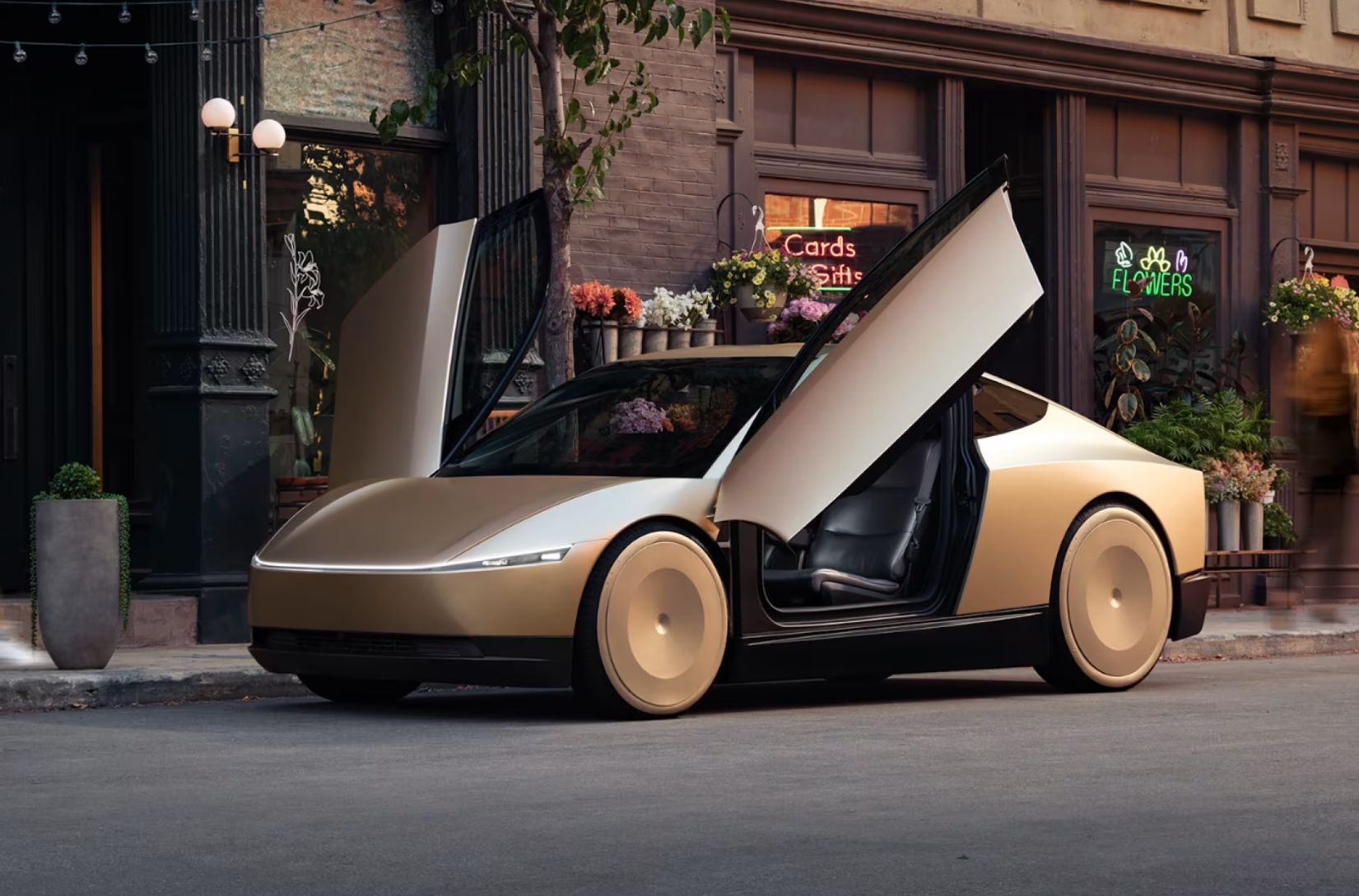
In early 2025, Tesla reached out to lessees with an unusual offer: The company would buy back their vehicles before lease-end, sometimes even offering incentives for early termination.
Officially, the reason was old—these cars would be "redeployed" as part of Tesla’s upcoming robotaxi network, a cornerstone of Musk’s promise to investors that Tesla would lead the autonomous ride-hailing revolution.
But an investigation into vehicle identification numbers (VINs) from these recalled leases shows that a significant portion never entered Tesla’s "robotaxi development" pipeline. Instead, they reappeared on used car platforms, including Tesla’s own pre-owned inventory, Manheim auctions, and third-party dealership listings.
Some were sold within weeks of being returned, often at prices below market value. This raises an obvious question: If Tesla truly needed these cars for its robotaxi fleet, why sell them at all?
The Robotaxi Illusion
Musk has long touted Tesla’s Full Self-Driving (FSD) software as being on the cusp of full autonomy. Yet despite years of promises, the system still requires human supervision, and regulatory approvals for true driverless operations remain elusive.
Industry experts say retrofitting consumer-grade Teslas into reliable robotaxis would require extensive—and expensive—modifications, including redundant braking systems, advanced sensor cleaning mechanisms, and commercial-grade interior durability.
Consumer vehicles aren’t built for the wear and tear of taxi service. A car used for ride-hailing might drive 100,000 miles a year, with constant door slams, spills, and passenger abuse. Tesla’s Model 3 and Y weren’t designed for that.
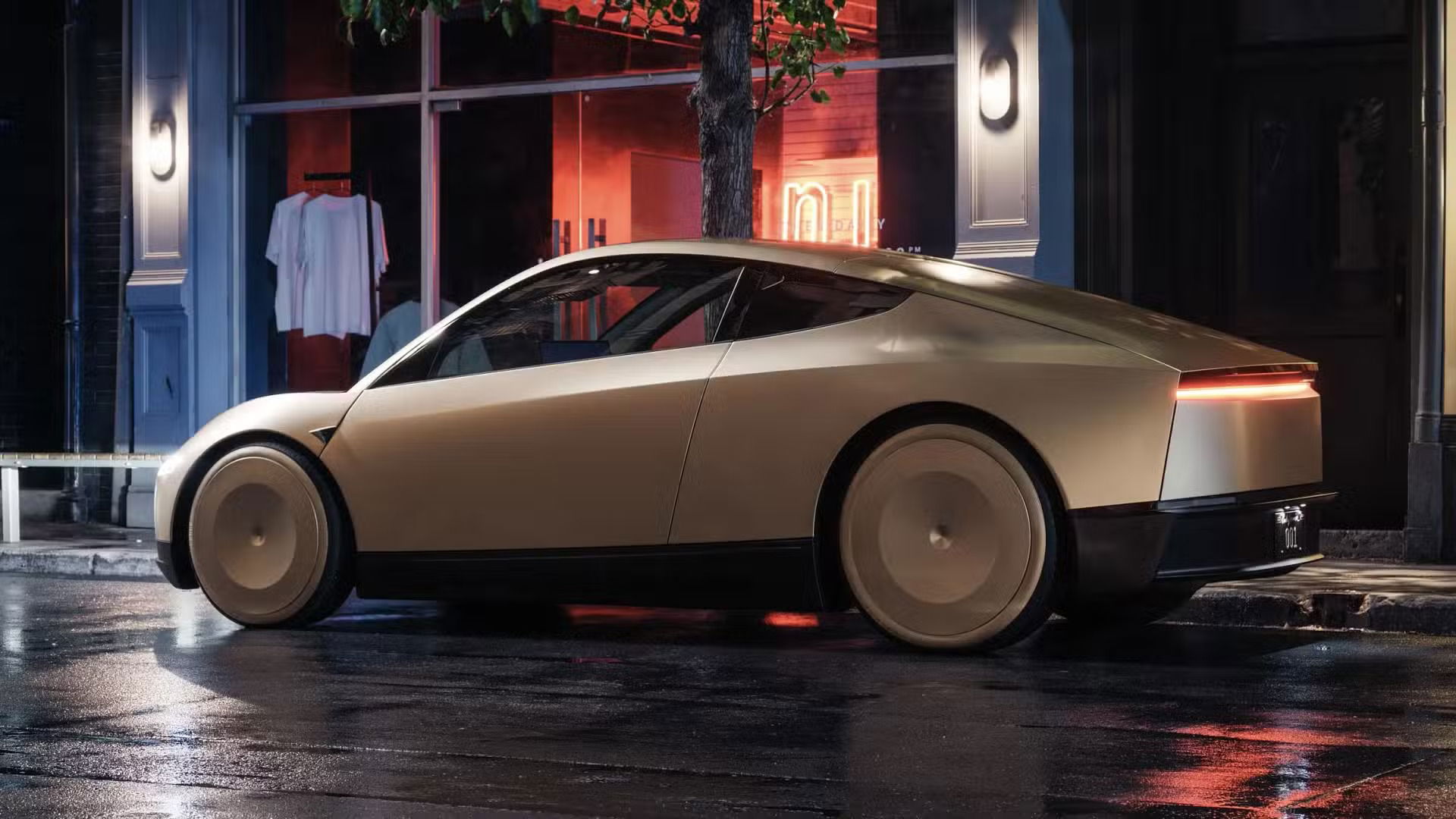
Dr. Nikolas Martelaro, a research scientist at Carnegie Mellon’s Robotics Institute who studies AV durability, told SAE:
"Most personal vehicles, including Teslas, are engineered for 12,000–15,000 miles per year with moderate passenger use. In contrast, ride-hailing vehicles average 50,000–100,000 miles annually with extreme interior wear—repeated door slams, spills, seat abrasion, and curb strikes.
Tesla’s consumer models lack commercial-grade reinforced seating, vandalism-resistant interiors, or redundant braking systems required for unsupervised public use.” A 2022 Waymo study found its purpose-built Jaguar I-PACE robotaxis required 3x more frequent brake replacements and 2.5x more interior refurbishments than consumer versions.
Similarly, AAA’s 2021 Rideshare Durability Report showed ride-hailed vehicles incur 4x higher maintenance costs due to accelerated wear. Why does this matter for Tesla’s plan? Converting leased Model 3/Y vehicles into robotaxis would require costly retrofits (e.g., antimicrobial seats, reinforced door hinges, additional sensors) that Tesla has not disclosed.
Yet Tesla’s recall didn’t include announcements about retrofitting these leased vehicles with new hardware.
Instead, many were resold with no visible upgrades—strong evidence that the "robotaxi" justification was, at best, aspirational and, at worst, a smokescreen. It resold these cars after upgrading them with software enhancements.
A Liquidity Play Disguised As Innovation?
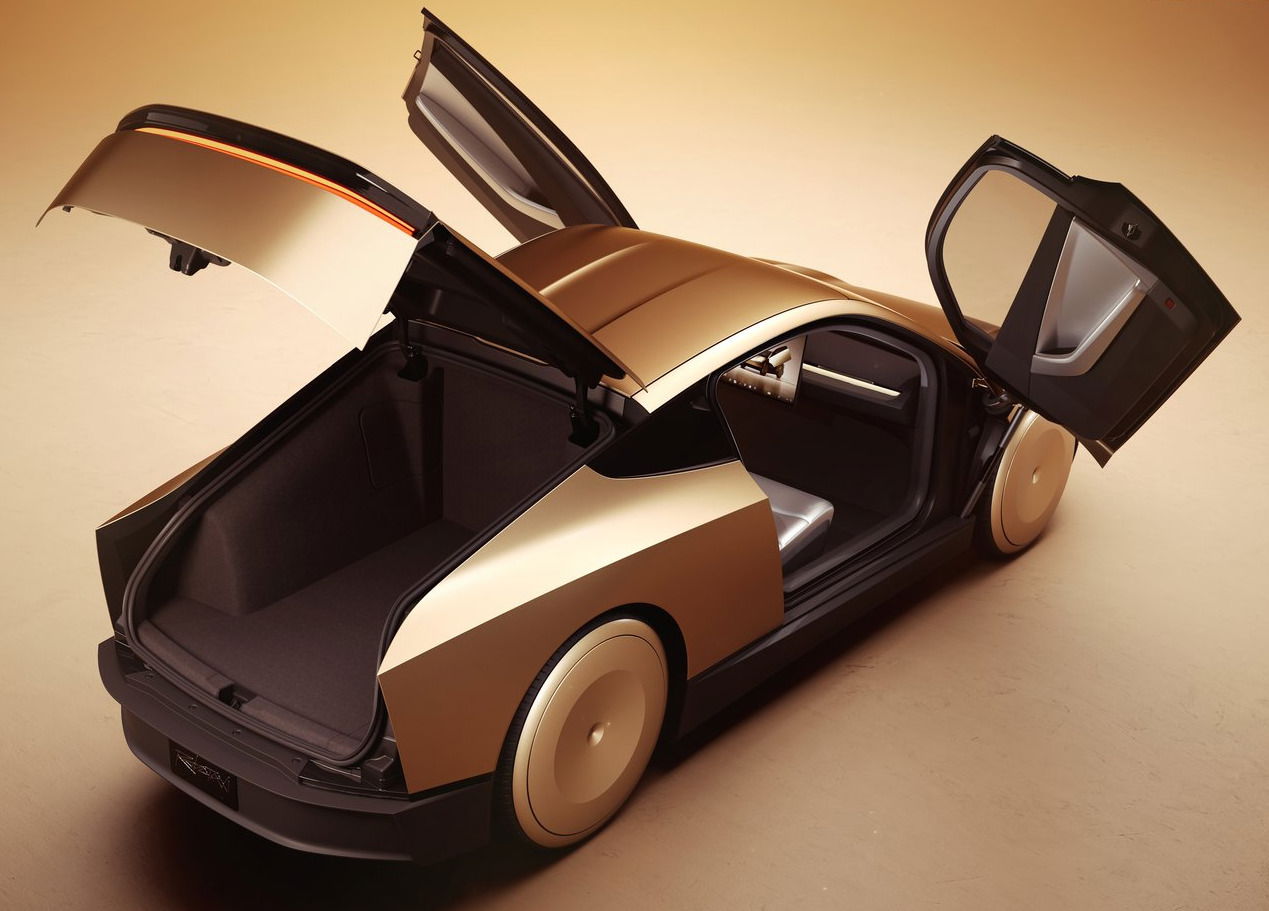
If the cars weren’t actually being converted into robotaxis, why recall them at all? Financial analysts point to several possible motives—none of them related to autonomous driving.
See also:
Citroën Shakes Up Urban Mobility: All-New Ami Opens Order Books And Debuts Bold Buggy Version
First, leasing companies typically face risk when vehicles are returned at the end of a lease, as resale values fluctuate. By recalling these cars early, Tesla may have been attempting to control the timing of its used-car inventory, avoiding a flood of off-lease vehicles hitting the market simultaneously.
Second, Tesla’s used-car sales have been a growing revenue stream, particularly as new EV demand softens in a competitive market. By taking back leased vehicles and reselling them quickly, Tesla could recognize immediate revenue rather than waiting for lease contracts to expire.
Third, some of these buybacks may have been tied to residual value guarantees—Tesla could have been on the hook for lease-end losses if used Tesla prices dropped below projected values. By repurchasing the cars early, Tesla might have sidestepped larger future liabilities.
"Robotaxis were the headline, but the real story here is inventory management," said Michael Dunne, CEO of ZoZo Go, an automotive strategy firm. "Tesla needed to control its used-car supply, and this was a way to do it under the cover of a futuristic narrative."
The Regulatory Hole In Tesla’s Plan
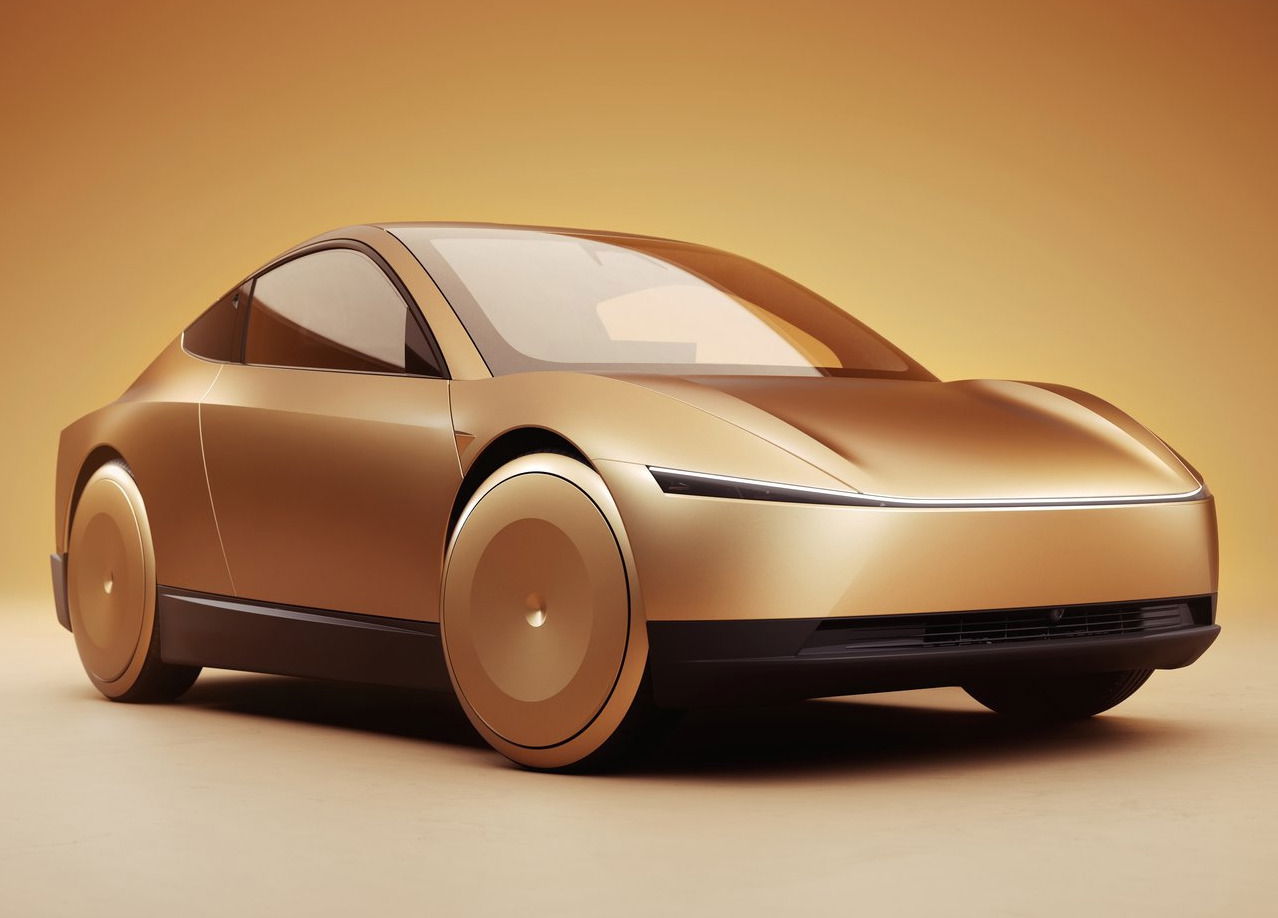
Even if Tesla had kept the recalled cars for robotaxi use, another glaring problem emerges: legality. True autonomous ride-hailing requires not just technology but regulatory approval, insurance frameworks, and municipal agreements—none of which Tesla has secured at scale.
California, Texas, and other states where Tesla operates have strict rules for driverless vehicles, including permitting processes that Tesla has not yet completed. Without these approvals, Tesla’s robotaxis can’t legally operate, making the idea of a near-term fleet implausible.
"The timeline never added up," said Bryant Walker Smith, a law professor specializing in autonomous vehicles. "Converting consumer cars into robotaxis isn’t just a software update—it’s a logistical, legal, and financial minefield. Selling them instead suggests Tesla hit a wall."
A Pattern Of Overpromising And Pivoting
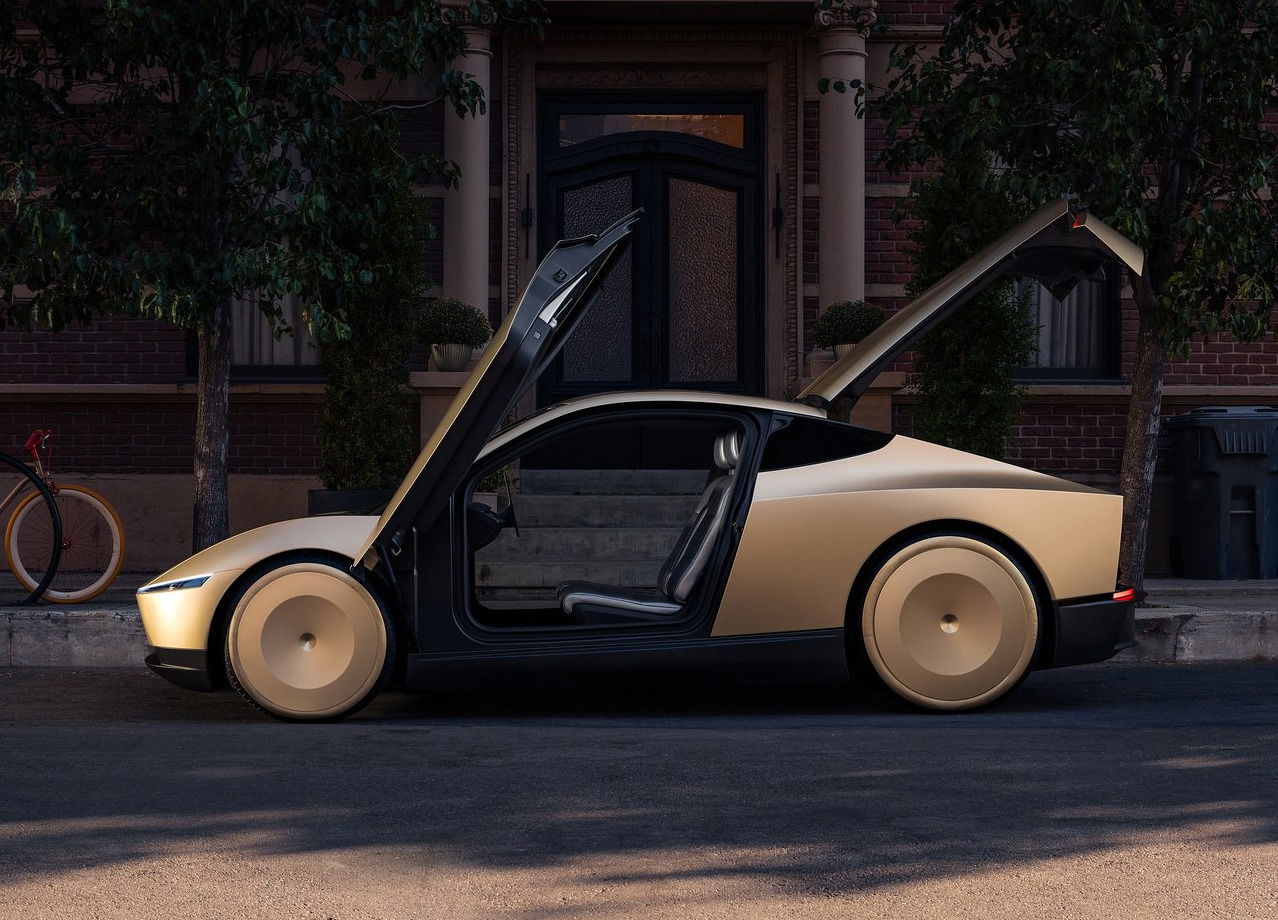
This isn’t the first time Tesla has announced a grand vision only to quietly backtrack. The company’s Solar Roof rollout was plagued with delays and cancellations. The Cybertruck’s production timeline slipped by years. And the $35,000 Model 3, once promised as an affordable EV, was briefly sold before being discontinued.
The leased-car recall follows a familiar script—an ambitious proclamation followed by a less glamorous reality. The difference this time is that Tesla’s actions (reselling the cars) directly contradict its stated intent (building a robotaxi fleet).
What happens next?
Tesla’s stock has long been buoyed by Musk’s futuristic promises, but investors are increasingly scrutinizing execution. If the robotaxi delay stretches into 2026 or beyond, pressure will mount for Tesla to prove it can monetize autonomy in other ways—or face a reckoning on its valuation.
Meanwhile, the resale of these leased vehicles could further depress used Tesla prices, creating a feedback loop where more lessees return cars early, adding to inventory pressures. The biggest takeaway from all this is that Tesla’s robotaxi dream remains just that—a dream.
And until the company can demonstrate real progress, not just repackaged used cars, the gap between Musk’s promises and Tesla’s deliverables will only grow wider. The leased-car recall was supposed to be a stepping stone to autonomy. Instead, it may be remembered as the moment Tesla’s robotaxi ambitions were exposed as vaporware.